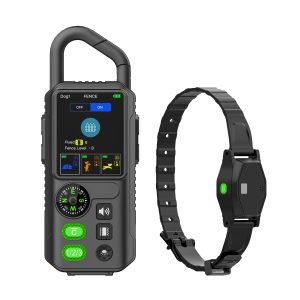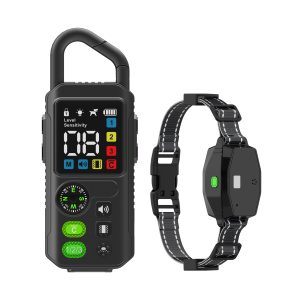The Effectiveness of Bark Control Collars
Bark control collars have become a popular choice for pet owners looking to address excessive barking behavior in their dogs. These devices are designed to deter nuisance barking through various mechanisms, such as vibrations, sounds, or mild static corrections. While some people swear by their effectiveness, others are more skeptical about the impact these collars can have on a dog’s behavior.
One of the key arguments in favor of bark control collars is their ability to quickly and efficiently interrupt barking behavior. When a dog barks, the collar is triggered to deliver a correction that is meant to stop the unwanted behavior. This immediate feedback can help the dog learn to associate barking with an unpleasant consequence, potentially leading to a reduction in the frequency of barking episodes.
On the other hand, critics of bark control collars raise concerns about the potential negative effects of using these devices. Some argue that the use of aversive stimuli, such as static corrections, can cause stress and anxiety in dogs, leading to more serious behavior issues in the long run. Additionally, there are questions about the impact of these collars on a dog’s overall well-being and quality of life.
Despite the controversy surrounding bark control collars, many pet owners have reported success in reducing excessive barking with the help of these devices. It is important to note, however, that every dog is different, and what works for one may not work for another. Before deciding to use a bark control collar, it is recommended to consult with a professional trainer or veterinarian to determine the most suitable approach for addressing your dog’s barking behavior.
In conclusion, while bark control collars can be effective in managing excessive barking, it is essential to consider the potential impact on your dog’s well-being and to use these devices responsibly. By understanding the benefits and limitations of bark control collars, pet owners can make an informed decision about whether or not to incorporate them into their training routine.




